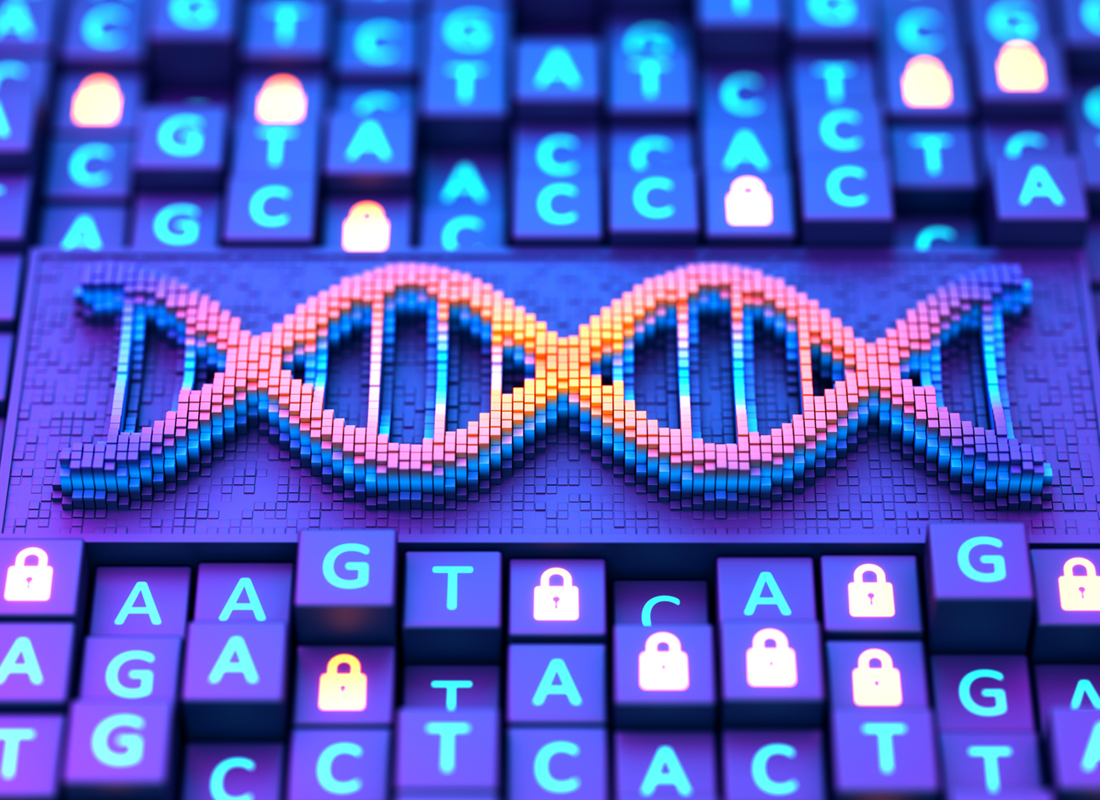Expert Q&A: What’s Next in Next-Generation Sequencing?
Crystal Girod, MSc, of Beckman Coulter Life Sciences discusses recent developments in NGS and their impact on clinical diagnostics.

Subscribe to Clinical Diagnostics Insider to view
Start a Free Trial for immediate access to this article